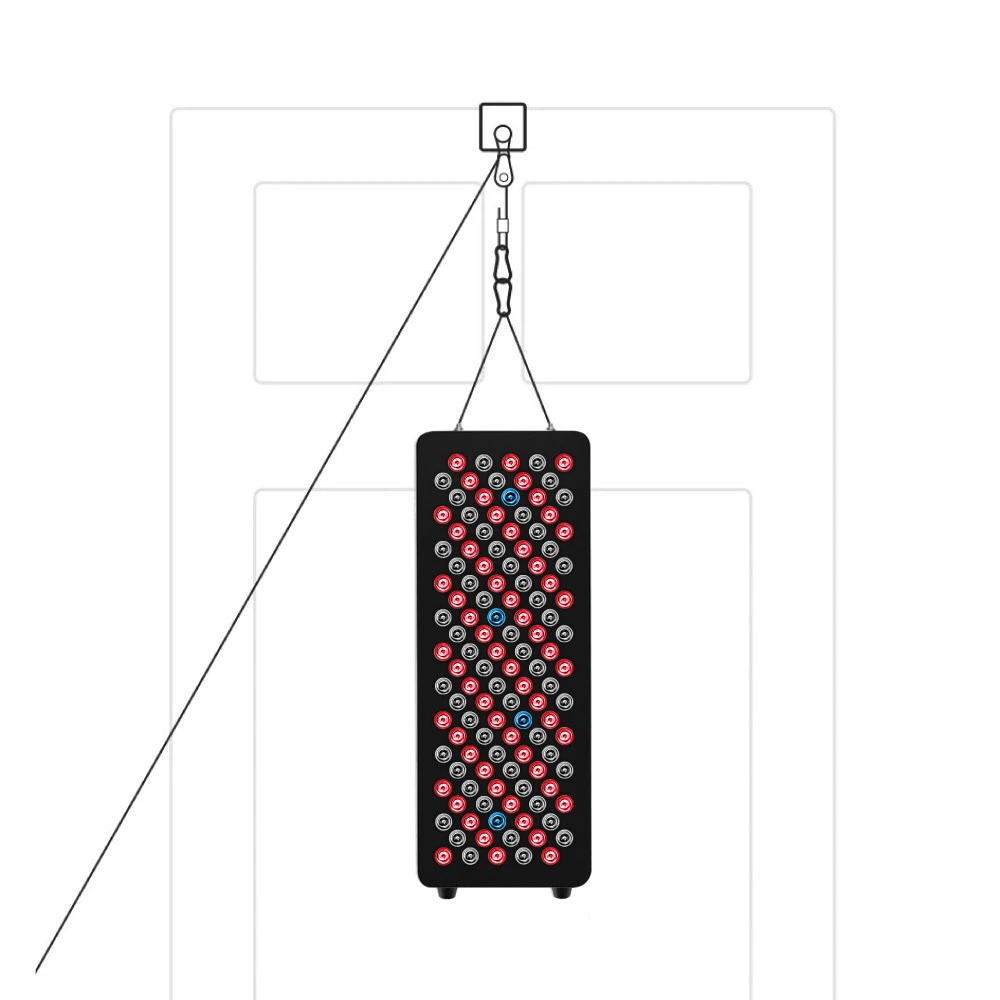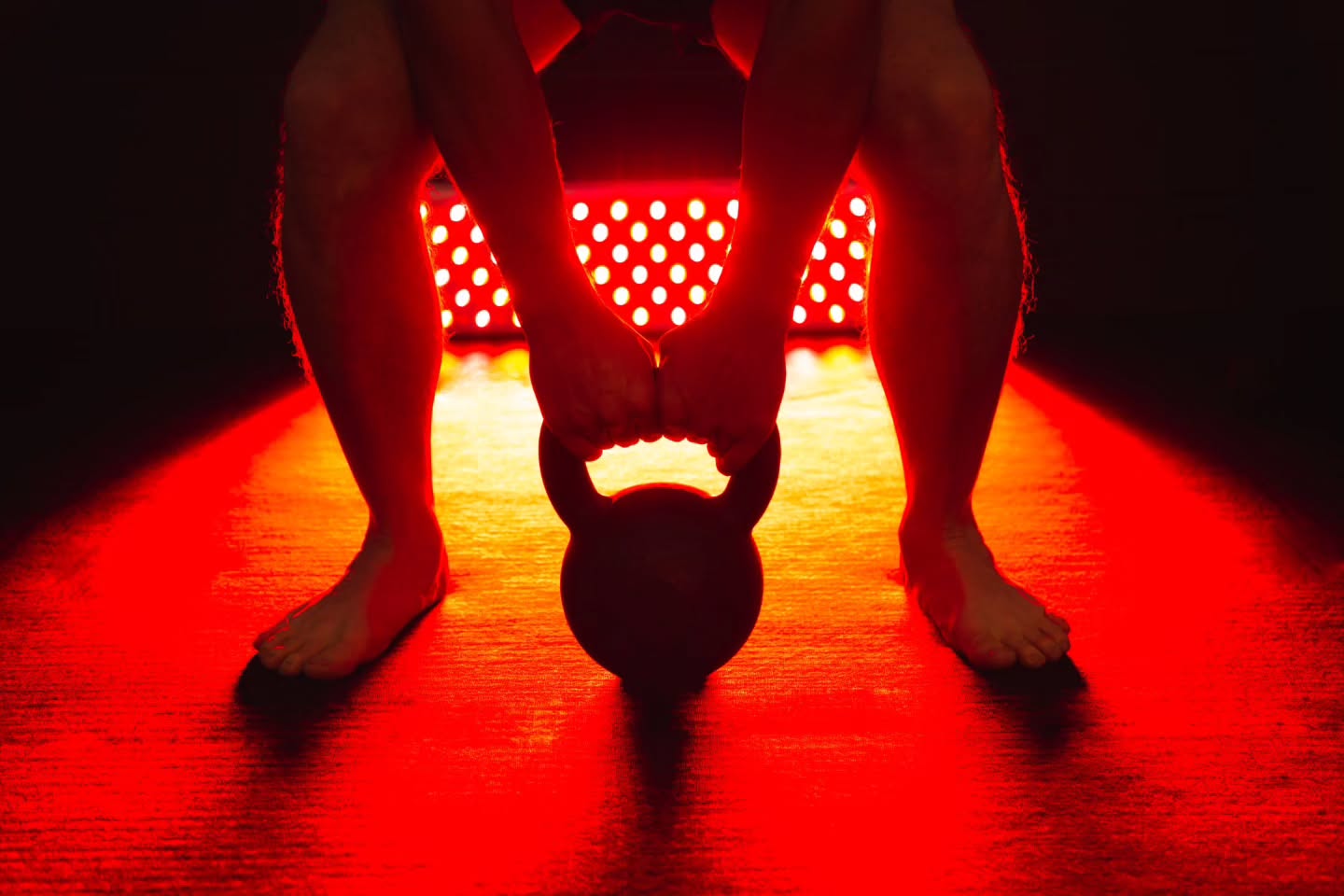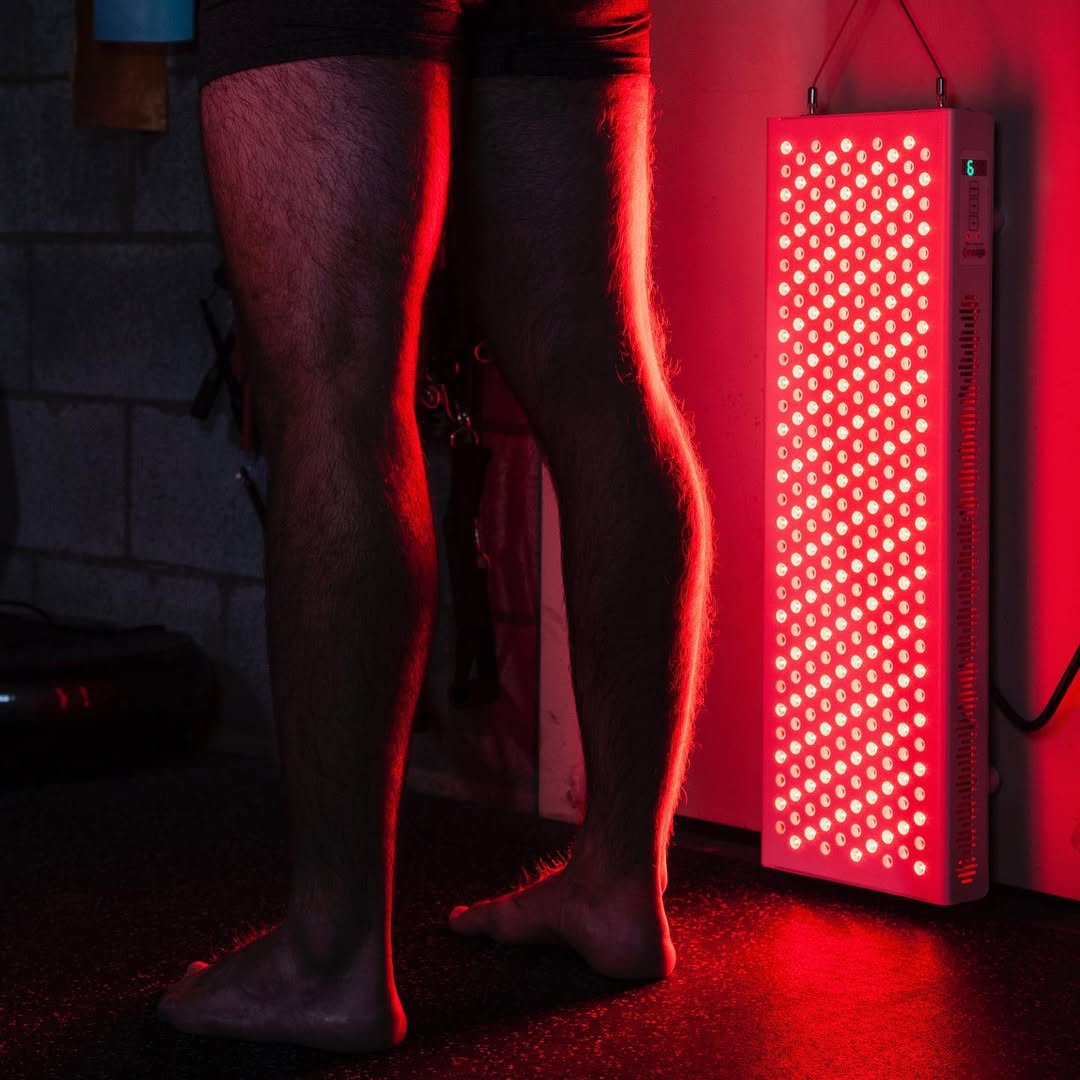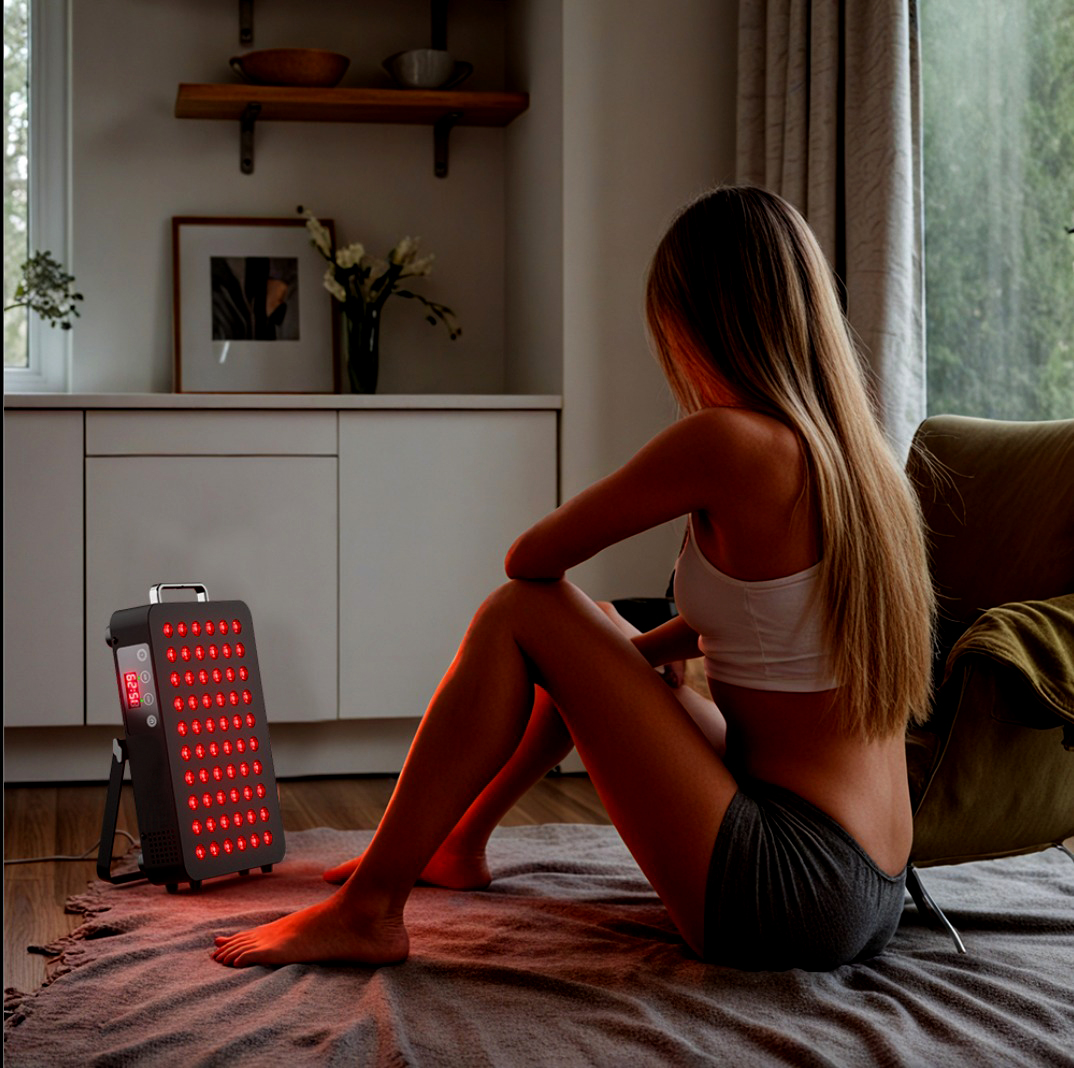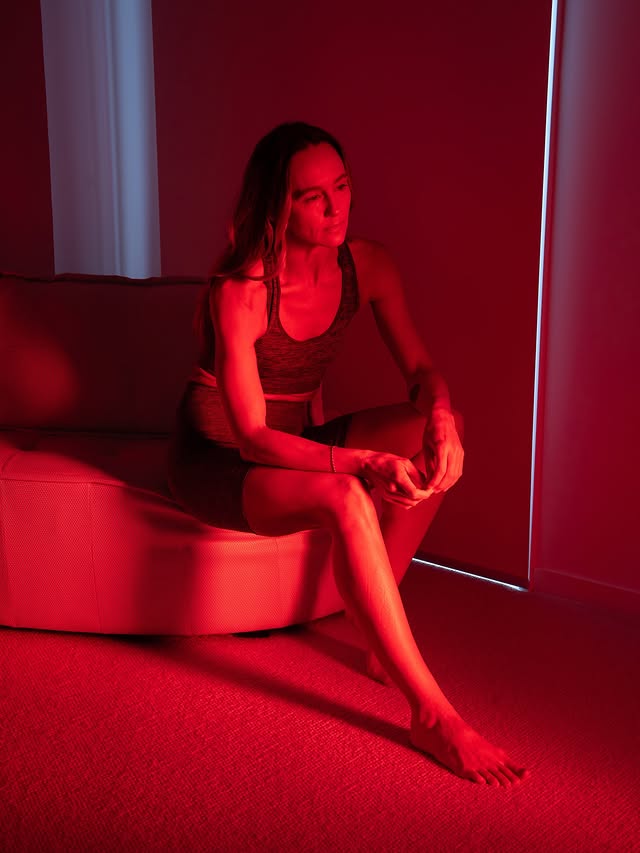![]() Free Shipping
Free Shipping ![]() Buy Now, Pay Later
Buy Now, Pay Later ![]() Eligible
Eligible
Green Light Therapy for Hyperpigmentation? Why Red Light Might Be the Better Choice
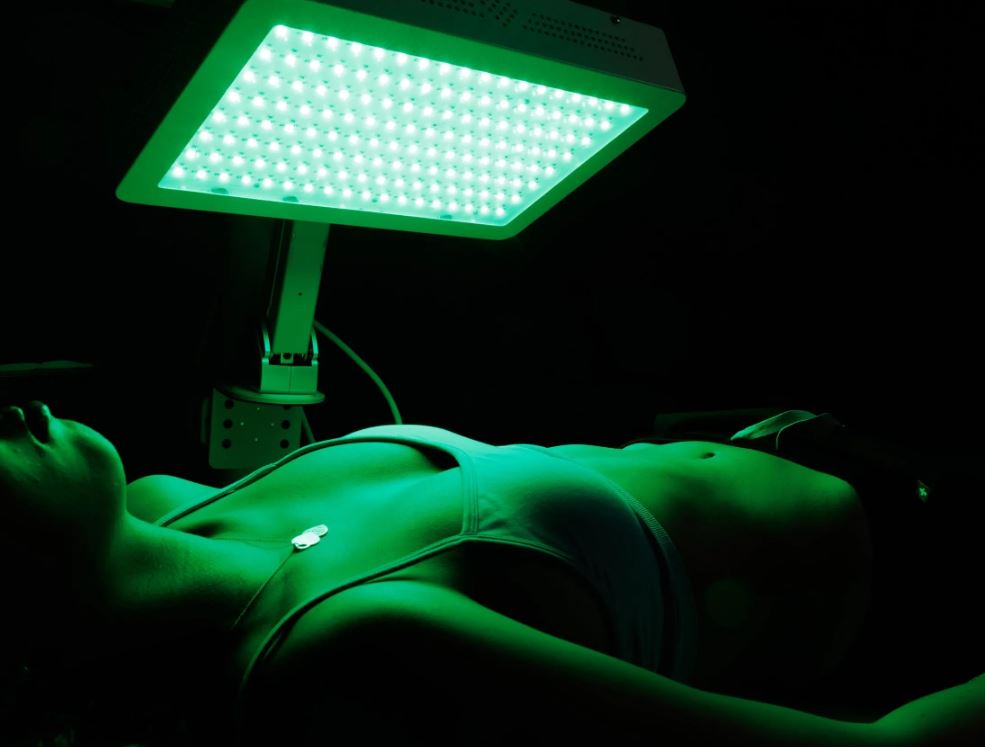
If you’re researching solutions for hyperpigmentation—those frustrating dark spots from sun damage, acne, or hormonal changes—you’ve likely encountered a world of colored lights and LED therapies. You may have heard that “green light therapy for hyperpigmentation” is the solution. However, emerging evidence and expert opinions suggest that for truly effective and lasting results, red light therapy is the superior choice.
This article will demystify the science behind light therapy, explain why red light often outperforms green for hyperpigmentation, and provide a clear comparison to help you make an informed decision.
Understanding the Light Spectrum: How Does LED Therapy Work?
LED (Light Emitting Diode) therapy is a non-invasive treatment that uses specific wavelengths of light to penetrate the skin at different depths. Each color interacts with our skin’s cells in a unique way, a process known as photobiomodulation.
Dr. Anya Rodriguez, a board-certified dermatologist, explains: “Think of your skin cells as tiny plants that need specific types of light to thrive. Red light acts like a deep, nourishing sunlight, energizing the foundational layers. Green light is more superficial, like a gentle rain on the leaves. For a problem rooted in cellular dysfunction like hyperpigmentation, you need to address the root cause deep down.”
The goal is to stimulate a biological response, such as reducing inflammation, boosting collagen, or, in the case of hyperpigmentation, calming overactive pigment-producing cells.
The Truth About Green Light for Hyperpigmentation
Let’s address the search query directly. Green light (around 520-560 nm) is known for its calming and soothing properties. It is absorbed in the more superficial layers of the skin and is often marketed to help with:
- Reducing redness and mild inflammation.
- Calming sensitive or irritated skin.
- Providing a slight brightening effect by targeting melanin on the surface.
The Limitation: Green light’s effects are primarily superficial. It doesn’t penetrate deeply enough to effectively regulate the melanocytes (the pigment-producing cells) that are overactive and causing the hyperpigmentation from within. It’s like putting a bandage on a symptom without treating the underlying condition.
Why Red Light Therapy is a More Powerful Solution for Hyperpigmentation
Red light (in the range of 630-700 nm) and its longer-wavelength cousin, Near-Infrared (NIR) light, penetrate significantly deeper into the skin, reaching the dermis where fibroblasts and melanocytes live.
Here’s how red light therapy tackles hyperpigmentation at its source:
- Reduces Inflammation: Chronic, low-grade inflammation is a key driver of hyperpigmentation, especially post-inflammatory hyperpigmentation (PIH) from acne. Red light is a powerful anti-inflammatory agent, calming the skin and signaling to melanocytes to stop overproducing pigment in response to inflammation.
- Promotes Cellular Repair and Healing: Red light energy is absorbed by the mitochondria in our cells, boosting the production of ATP (cellular energy). This supercharges skin cell function, leading to healthier skin turnover. As old, pigmented skin cells are shed more efficiently, they are replaced by new, healthy ones.
- Strengthens the Skin Barrier: By stimulating collagen and elastin production, red light therapy strengthens the overall health of the skin. A robust skin barrier is less susceptible to damage and inflammation, which in turn helps prevent future hyperpigmentation.
A 2022 review in the Journal of Cosmetic and Laser Therapy concluded that red and near-infrared light therapy showed significant promise in improving skin tone, texture, and reducing the appearance of dyspigmentation by modulating cellular activity.
Head-to-Head Comparison: Green Light vs. Red Light for Hyperpigmentation
The following table provides a clear, at-a-glance comparison of the two therapies.
| Feature | Green Light Therapy | Red Light Therapy |
|---|---|---|
| Primary Wavelength | 520-560 nm | 630-700 nm |
| Penetration Depth | Superficial (Epidermis) | Deep (Dermis) |
| Primary Mechanism | Surface calming, minor melanin interaction | Reduces inflammation, boosts cellular energy (ATP), promotes healing |
| Efficacy for Hyperpigmentation | Low to Moderate. Addresses surface appearance. | Moderate to High. Addresses the root cause (inflammation & cellular dysfunction). |
| Best For | Soothing general redness, sensitive skin, as an adjunct therapy | Treating PIH, sun spots, improving overall skin health and anti-aging |
| Treatment Time for Results | May see slight brightening quickly | Requires consistent use (weeks to months) for significant, lasting results |
How to Incorporate Red Light Therapy into Your Skincare Routine
For best results, consistency is key with red light therapy.
- Professional Treatments: Dermatology clinics and medspas offer high-powered LED panels. A typical protocol involves 2-3 sessions per week for 10-20 minutes each, for several weeks.
- At-Home Devices: The market for high-quality, FDA-cleared at-home red light therapy masks and panels has exploded. These are convenient for daily use. Look for devices that specify their wavelength (660 nm red light is excellent) and power density (irradiance).
A Note on Combination Therapy: The most advanced LED devices often combine red light with other colors, like blue for acne or amber for soothing. A device that offers both red and NIR light can be particularly effective for tackling hyperpigmentation from multiple angles.
VELLGUS Elite V2
THE #1 RATED RED LIGHT DEVICE
VELLGUS pro V2
THE #1 RATED FULL BODY RED LIGHT DEVICE
The Final Verdict: Look Beyond the Color
While the idea of a “green light for hyperpigmentation” is appealing, the science points to red light as the more fundamentally effective solution. Green light can play a supportive, calming role, but red light therapy is better because it works at a cellular level to reduce the inflammation and dysfunction that cause hyperpigmentation in the first place.
For anyone serious about fading dark spots and achieving an even-toned, healthy complexion, investing in a red light therapy regimen is a strategic, evidence-backed choice that promises not just to treat the spots you see, but to improve the health of the skin you don’t.



